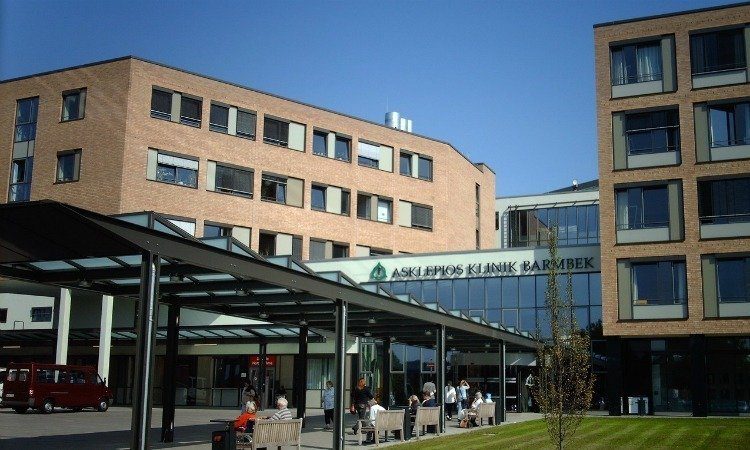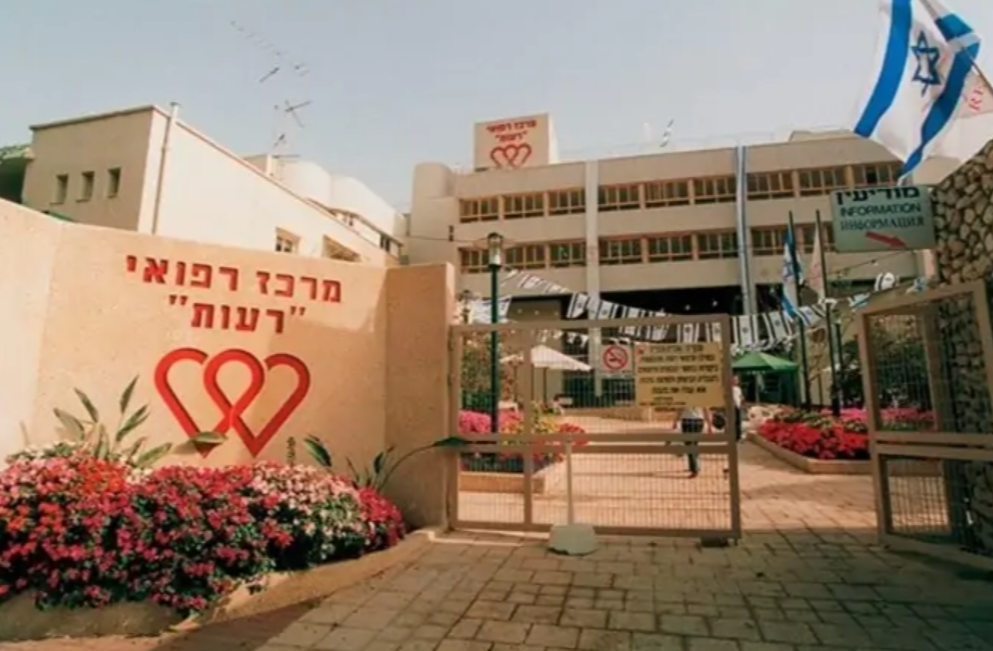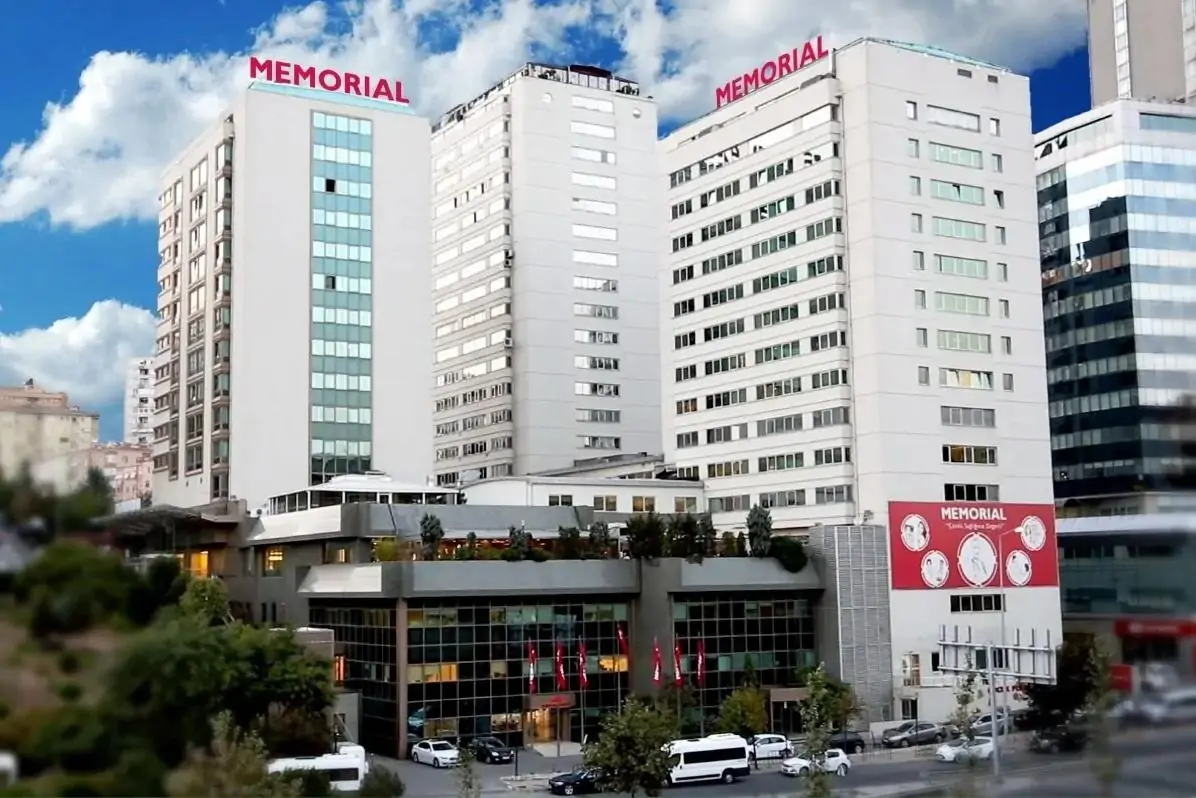When it comes to cutting-edge cancer treatments, only a select group of top cancer centers are currently equipped to offer the latest in CAR-T therapy – a personalized immunotherapy that harnesses a patient’s own T cells to fight cancer. Over the years, this approach has undergone a series of upgrades, each one designed to improve how the therapy works and how long it lasts.
How CAR-T Therapy Evolved in Cancer Treatment Plan
The earliest generation of CAR-T cells included just a single signaling domain that told the cells when to attack. Early results were promising, but doctors soon realized that those cells didn’t last long enough to keep the cancer from coming back.
Then came the second generation. By adding a co-stimulatory domain – usually CD28 or 4-1BB – researchers gave those T cells a much-needed boost. Suddenly, they could expand and survive longer, leading to better outcomes for patients, especially at any best cancer clinic that tailor personalized cancer treatment plans.
With the third generation, scientists doubled down on the idea of more signals, stacking multiple co-stimulatory domains into each cell. The goal was to turbocharge the immune response, though clinical benefits over the second generation are still under review.
The fourth generation – nicknamed TRUCKs – took things a step further. These cells are engineered to release cytokines once they get to the tumor, basically calling in reinforcements from the rest of the immune system. For patients who haven’t had success with earlier therapies, these TRUCKs offer another option.
Right now, researchers are working on the fifth generation of CAR-T cells, which include built-in cytokine receptor domains. These additions could help the cells last longer and do a better job of sticking around in the body – a key challenge that’s limited the therapy’s success so far.
What Patients Can Expect
The process itself is multi-step. First, doctors collect T cells from the patient through a process called leukapheresis. In the lab, those cells are modified to express special receptors that help them recognize cancer cells. After that, the cells are grown in large numbers until they’re ready to be infused back into the patient.
Before the infusion, patients usually undergo chemotherapy to clear the way for the new cells. Once the modified cells are back in the bloodstream, the real fight begins. Doctors watch closely for side effects, especially cytokine release syndrome – a common challenge with this therapy – though in some cases, technologies like 4SCAR therapy used at GIMI may help mitigate CRS by incorporating built-in safety switches that control the immune response.
Price Tag Remains High
Even though CAR-T therapy is a promising option, it comes with a hefty price tag. Costs can range from several hundred thousand to over a million dollars per treatment. That includes not just the therapy itself, but also the hospital stay and the follow-up care needed to manage potential complications. Experts say that making the therapy more affordable is one of the top goals as CAR-T continues to advance in the field of immunotherapy for cancer.
One Quick List
Here’s a quick look at the key steps in the CAR-T process:
- T cell collection (leukapheresis);
- genetic engineering in the lab;
- expansion of modified cells;
- conditioning chemotherapy;
- infusion of CAR-T cells;
- close monitoring for response and side effects.
If you’re considering CAR-T therapy, our team can help you navigate the process of finding the right clinic. We work with best cancer centers worldwide, offering personalized guidance to match each patient with the most suitable treatment options. We also collaborate with GIMI, led by the renowned professor, to provide patients with cutting-edge therapeutic opportunities. Let us help you take the next step toward the best possible care.
How many generations of CAR T cells are there?
There are five generations of CAR-T cells, each building on the last to improve effectiveness and safety.
What is the fourth generation of CAR T cells?
Known as TRUCKs, fourth-generation CAR-T cells release cytokines to recruit more immune cells to the fight.
What is the cycle of CAR T-cell therapy?
The cycle includes collection, engineering, expansion, conditioning therapy, infusion, and post-treatment monitoring.
How expensive is CAR T-cell therapy?
Costs can run from hundreds of thousands to over a million dollars, depending on the therapy and hospital involved.











